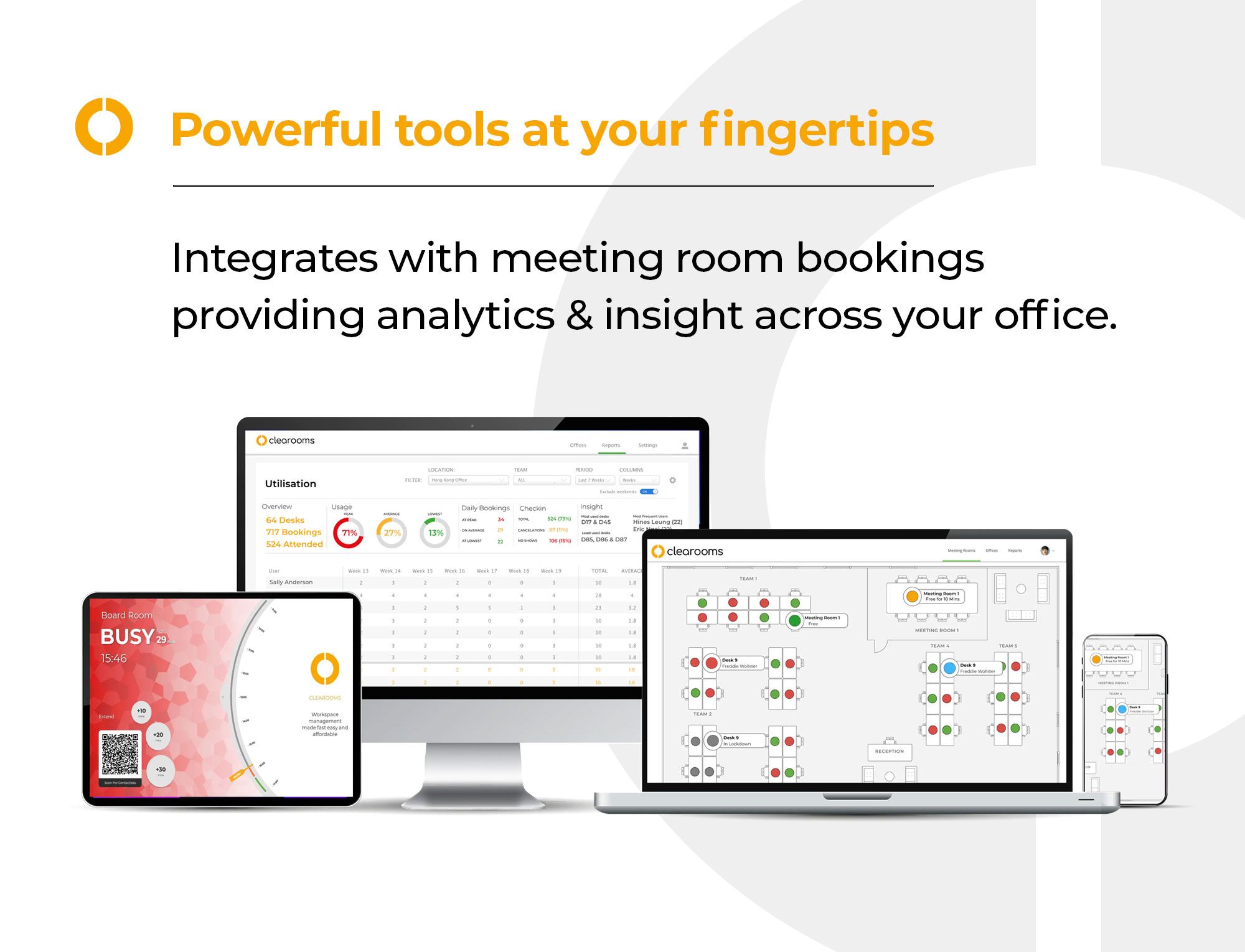The Hybrid Working Model: Everything you need to know

What is hybrid work?
Hybrid work is a fully-flexible balance of working from home, or remotely, and working in the office. This is a simple definition, but in reality, hybrid working looks different to every company.
It’s a people-first model that aims to increase productivity and improve job satisfaction by giving workers greater flexibility. By giving employees the autonomy to work wherever suits their needs, businesses can reap many rewards and benefits, from reduced office space costs to fewer sickness days and savings on the bottom line.
According to a CIPD report into the future of hybrid working, experts have estimated that hybrid working patterns could result in around 25% of working days being done remotely, in the near future. It’s a trend that’s certainly here for the foreseeable future.
In this article we take a look at the factors driving hybrid work, the key benefits and things to consider in using this working model, and share ideas on how to foster collaboration and safeguard employee wellbeing.
Learn more about the hybrid working model
The factors driving hybrid work
Prior to the pandemic, data from the ONS (Office for National Statistics) found that as little as 5 per cent of the UK workforce worked mainly from home.
Since then, it has been suggested that while some employees may wish to work from home all the time, most would prefer a balance between being in the office and working from home – a hybrid working arrangement.
There’s been a cultural shift in our working patterns during the last 20 years, thanks to the digital revolution. However, Covid-19 accelerated a seismic change in both how we see work, and the role of hybrid working spaces. One of the early pioneers in the adoption of hybrid working was Google - find out how they’re adapting to the demands of office space post-pandemic.

Types of hybrid business model
There are several types of hybrid business models, each with benefits and considerations. These are the principal models:
- A fully Flexible hybrid work model lets staff choose their location and working hours, sometimes on a daily basis, which will be based on their workload and priorities.
- The Fixed hybrid work model means the company will set the days and times their staff will work remotely or go into the office.
- In an Office-first hybrid work model, employees are based on-site but given the flexibility to choose a few days a week to work remotely.
- Finally, a Remote-first hybrid work model, enables staff to work remotely most of the time, with occasional visits to the office, usually for collaboration, training or team-building purposes.
hybrid working model
Benefits
An agile way of working, which enables people to work from home or the office as suits, supports inclusion and diversity by empowering employees to find a working practice to suit their own needs, strengths, and capabilities.
-
Reduced Costs
For any company, the biggest benefit to adopting a hybrid working model is the reduced running costs on estates and facilities, and savings on office space.
-
Increased Productivity
An increase in job productivity leads to less stress for employees, and with it, reduced absence rates. For the bottom line, by increasing flexibility, you can reduce overall employee turnover.
-
Job Satisfaction
There is a direct correlation between increased job flexibility and job satisfaction for staff. By giving your workforce more autonomy around their work schedules and enabling them to factor in time for health activities and family requirements, their wellbeing improves dramatically.
-
Work-Life Balance
Less commuting can also promote employee wellbeing, and lead to a healthier work-life balance.
Considerations
There are a few considerations to the hybrid working model but, with the right systems and tools, these can be mitigated.
Any remote working or hybrid working team needs to run on effective communication or there is poor information flow. This can lead to knowledge gaps, and communication breakdown which can be detrimental to the company.
A lack of face-to-face interaction can also isolate team members, and in some instances, lead to exclusion, or feelings of distance.
For companies, perhaps the biggest challenge to installing a hybrid model of working is the need to manage office space for cost-efficiency.
Try Clearooms for FREE
How to successfully implement a hybrid working model
To make hybrid working a success, agility is key. You need to be ready to change things quickly and adapt to the ever-fluctuating demands for office space.
Become leaner as a company by analysing trends in hybrid working across your organisation. Identifying who needs to be in the building, and when, will help you pinpoint wasted office space – and wasted costs.
Learn more about how to implement your hybrid working model.

Collaboration and creativity
According to McKinsey research:, “Employees who feel included in more detailed communication are nearly five times more likely to report increased productivity.”
Central to a successful hybrid working adoption is the need for collaboration and inclusion. You can adopt asynchronous communication tools to complement email and meeting communications.
Consider adopting chat and video conferencing features within products such as Slack, Zoom or Microsoft Teams, to bolster collaboration.
An element of creativity is also needed to foster inclusive team working. Teams should be encouraged to collaborate, perhaps finding tools that suit them and given autonomy to ‘think outside the box’.

Safeguarding the health and wellbeing of hybrid workers
The importance of safeguarding the health and wellbeing of hybrid workers can’t be overestimated.
In fact, research by McKinsey finds that “For the global economy, the loss of productivity because of poor mental health—including anxiety—might be as high as $1 trillion per year.”
Whilst hybrid working can improve wellbeing by reducing the need for commuting and giving more personal time, there are also challenges which need to be recognised.
It’s vital for hybrid workers to create a work-life balance when working remotely. You can support your employees by providing training and support on managing workloads, and offering advice on digital well-being, whilst making sure line managers have a true understanding of workplace wellbeing post-pandemic.

Closing thought
There is a significant transformation taking place now, as the hybrid working model begins to take shape.
It’s clear that employers need to prepare for this by investing in, and implementing, the key changes needed to make hybrid working a success.
By harnessing the revolution of hybrid working, companies can bolster employee wellbeing, increase productivity, and ultimately gain a competitive edge.
